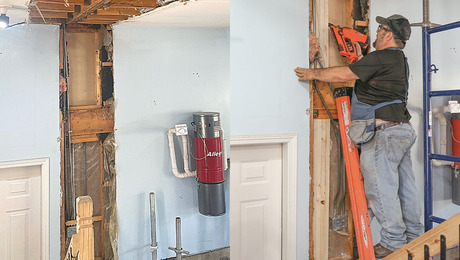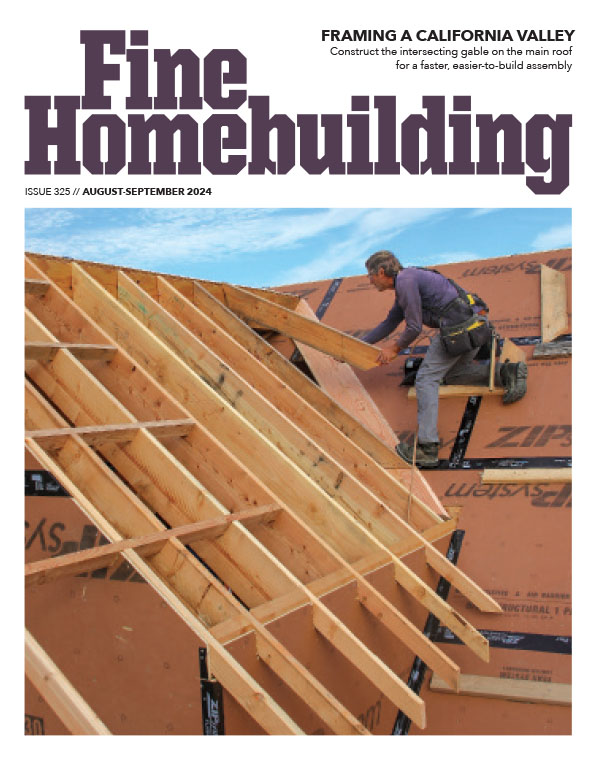How does a whole house surge protector work? + Recommendations
I understand the concept of a whole house surge protector. I see most models tie into two breakers in the panel. What I don’t understand is how all circuits in the panel are protected. Can someone explain the science behind that for me?
Also, I’ve seen two different models:
1) external (to the panel) model that ties into two existing breakers -and-
2) internal model that actually clamps into the panel like a double pole breaker:
Is there an advantage of one over the other?
Any specific models you recommend? The one I linked to on Amazon looks fairly easy to install. I’ve installed 3 new breakers in my panel so I’m familiar with and comfortable working in the panel.
Thanks all for your help.















Replies
There is also a style that fits behind the electric meter. We have one of those. Also have one of the double-pole-breaker models -- belt and suspenders.
Basically, a surge protector works by having some sort of device (eg, MOV) inside that will create a very "low impedance" path to ground if voltage exceeds some value, typically 300-500 volts. Since the surge typically only lasts microseconds, even though the surge current may be thousands of amps, the device is typically not damaged. However, to protect against a fire in the case of either a device failure or protracted surge, there is always some sort of a fuse in series with the device.
A whole-house unit works because electricity is sort of like water and seeks a common level. So even though the surge protector is not "in series" with, say, the wires to your computer, the protector can still "drain" a surge and protect the computer. However, wires have resistance/impedance, so the closer the surge protector is to the main service entrance wires (eg, the higher up on the breaker panel busses) the better job it will do. Similarly, the shorter any wires between the protector and the panel (including the ground wire!), the better.
The "internal" model (as you define it) which fits in place of a double-pole breaker is probably slightly better (other things being equal) than the "external" model, since the wires can be shorter and more direct.
Once the fuse is blown the protector is essentially out of the circuit and useless. Most units now have some sort of indicator light, one that lights up when the protector is OK, or one that lights up when it's failed (the fuse is blown). Of course, you need to know which reason lights up the light on your unit.
But in all likelihood, if a unit fails it's because the MOV inside short-circuited (which they tend to do when overloaded). It takes a few milliseconds for the fuse to blow in this case, so usually that specific surge will have passed by the time the protector becomes fully inoperative. (But of course you can have lightning strikes that are multiple pulses several milliseconds apart, so there are no guarantees.)